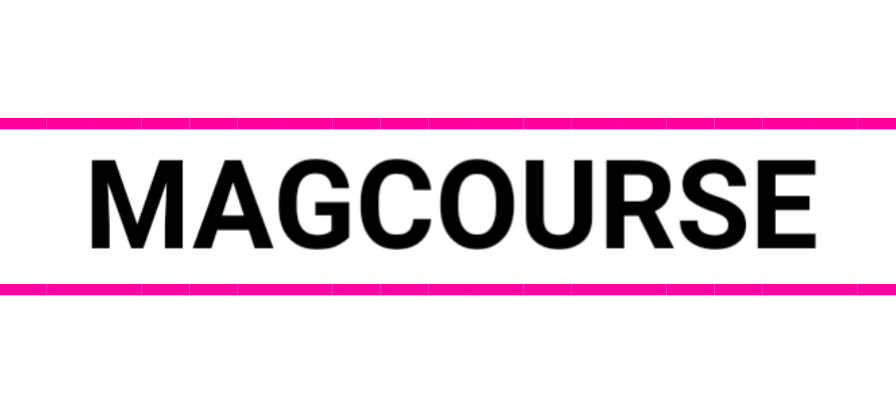
Master the art of evaluating financial reporting quality, uncovering earnings manipulation, and corporate frauds
What you will learn
Understand Financial Reporting Quality (FRQ): Learn to assess the quality of financial reporting, focusing on earnings quality and its implications.
Evaluate Earnings Management Practices: Gain insights into how companies manipulate earnings through various management techniques.
Identify Earnings Manipulation: Recognize and assess different methods of earnings management, including the consequences of biased financial reporting.
Analyze Presentation and Accounting Choices: Understand how accounting choices and presentation methods impact financial statements and investor perceptions.
Explore Revenue Recognition and Estimation Practices: Dive deep into how revenue is recognized and estimate the effects of different accounting choices.
Detect Fraud in Financial Reporting: Study real-world examples of corporate fraud, such as the Enron and Tyco scandals, and understand how they impact.
Examine Impairment Charges and Potential Warning Signs: Learn to identify financial warning signs and analyze impairment charges, revenue leases.
Gain Practical Knowledge of Auditor’s Role in FRQ: Understand the role auditors play in maintaining the discipline and integrity of financial reporting.
Why take this course?
In today’s business world, the integrity of financial reporting is paramount for decision-making, investment strategies, and regulatory compliance. This course dives deep into the various aspects of Financial Reporting Quality (FRQ), offering a thorough exploration of earnings quality, management practices, and potential fraudulent activities. By examining both legitimate and questionable accounting practices, students will gain critical skills to assess financial statements for transparency and reliability. Additionally, the course covers real-world case studies like the Enron and WorldCom scandals to emphasize the dangers of financial manipulation and the steps needed to identify warning signs in financial reports.
Section 1: Introduction
This section serves as a foundational overview of financial reporting quality (FRQ). Students will learn what defines financial reporting quality and why it is essential for maintaining trust in financial markets. By understanding the role of transparent and accurate reporting, participants will set the stage for deeper analysis in subsequent sections.
Section 2: Earnings Quality and Assessing FRQ
In this section, the focus shifts to earnings quality—a critical component in assessing the true health of a company. Topics covered include the manipulation of earnings and how various financial reporting choices can distort the reality of a company’s financial performance. Students will also explore how to assess FRQ and the risks involved when a company complies with Generally Accepted Accounting Principles (GAAP) but presents biased or misleading reports.
Section 3: Earnings Management
This section explores earnings management, the practice of deliberately manipulating financial statements to meet predetermined financial goals. Through real-world examples and case studies, students will examine practices like Big Bath Accounting, where companies overstate losses to clean up their books for future periods. They will also investigate how companies may depart from GAAP and the dangers this poses to both investors and regulators.
Section 4: Condition and Discipline
Here, the course discusses condition and discipline in relation to financial reporting. Students will learn how companies might mask their true performance, and how auditors can either help enforce discipline or become complicit in weak financial reporting. This section emphasizes the importance of auditor integrity and the need for maintaining rigorous standards to ensure accurate reporting.
Section 5: Presentation Choices and Accounting Choices
This section highlights the presentation choices and accounting choices that companies can make when preparing their financial reports. Students will understand how these choices, including methods of capitalizing vs. expensing expenditures, impact the appearance of a company’s financial health. The limitations of auditors in uncovering discrepancies will also be explored, offering insights into how creative accounting can slip through even the most diligent audits.
Section 6: Revenue Recognition
An essential aspect of FRQ is revenue recognition. In this section, students will learn about the various ways revenue can be reported and the potential for manipulation. The course will cover how different revenue recognition methods can impact a company’s earnings and the warning signs of manipulation, helping students identify when revenue relationships may be inaccurately reported.
Section 7: Inventory and Other Key Areas
This section examines how companies manage inventory, estimates, and other critical financial components. Topics include how accounting choices regarding inventory can affect the bottom line and how estimates like impairment charges can be used to manipulate reported earnings. Students will also be introduced to potential warning signs that indicate financial statements may not reflect the true financial position of a company.
Section 8: Frauds
The course culminates with an in-depth look at major corporate fraud scandals, including Waste Management, Tyco, and AIG. By analyzing these high-profile cases, students will understand the strategies used to deceive investors, auditors, and regulators, and how similar schemes can be identified in current financial reports. This section helps students learn the warning signs of fraud and how to mitigate the risks of fraudulent financial reporting.
Conclusion:
By the end of this course, students will have acquired the necessary tools to assess the quality of financial reporting, identify signs of earnings manipulation, and detect potential fraudulent activity. The practical knowledge gained through case studies, real-world examples, and detailed analysis will enable students to evaluate financial statements critically and with a discerning eye. Whether you’re an investor, accountant, or corporate professional, mastering the concepts covered in this course will enhance your ability to make informed, strategic financial decisions.
The post Financial Reporting Quality: Assessing Earnings and Frauds appeared first on magcourse.com/.

![Financial Reporting Quality: Assessing Earnings and Frauds FREE ENROLL OFFER LIMITED TME [ Get Certificate ] Financial Reporting Quality: Assessing Earnings and Frauds FREE ENROLL OFFER LIMITED TME [ Get Certificate ]](https://studybullet.com/wp-content/uploads/2025/02/6240453_0324.jpg)
